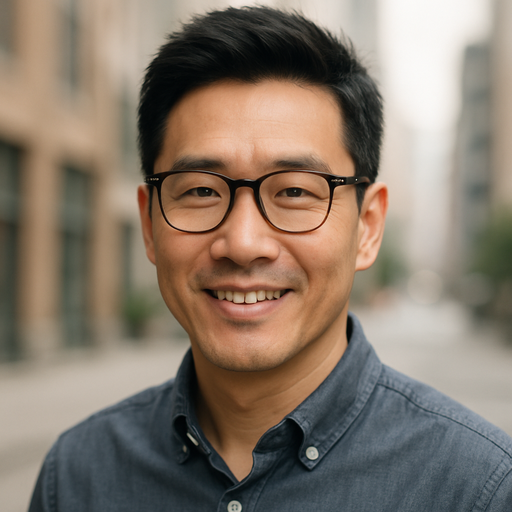- Posted on
- • Pregnancy & Prenatal Health
The Shocking Reality of Maternity Deserts and How One Woman Is Fighting Back
- Author
-
-

- User
- Lucas Nguyen
- Posts by this author
- Posts by this author
-
Did you know that thousands of pregnant people in the US live in 'maternity deserts' — areas where access to birth centers or hospitals offering maternal care is limited or non-existent?
Katie Chubb’s story shines a stark light on this reality. When she was pregnant, she wanted to give birth at a birth center—a more personalized, community-centered option—but found none nearby. So instead of giving up, she’s now working to open one herself. But as NPR’s recent article highlights, her journey is met with steep challenges, including resistance from established hospitals despite strong community support (read the full story here).
What Are Maternity Deserts, and Why Do They Matter?
A maternity desert is essentially a healthcare desert for pregnant people—places without sufficient access to maternity care providers like obstetricians, midwives, or birth centers. According to studies, millions of women in the US live in such areas, leading to increased risks during pregnancy and childbirth, including inadequate prenatal care and higher rates of complications.
This gap affects not only rural communities but also urban neighborhoods, especially those that are underserved or marginalized. The consequences are dire: higher maternal and infant mortality rates, increased health disparities, and more stressful pregnancy journeys for families.
Katie’s Fight: More Than Just Opening a Birth Center
Katie’s effort to establish a local birth center represents a growing movement pushing back against the medical monopolization of childbirth. Birth centers often offer a less clinical, more supportive environment led by midwives, with a focus on natural birth and personalized care.
But hospitals often see these centers as competition, fearing loss of revenue or concerns about safety—even though data shows that birth centers can be safe, cost-effective options when properly regulated. Katie faces hurdles with funding, local policies, and hospital pushback, showing just how complex healthcare reform can be on the ground.
What Does This Mean for Families Trying to Conceive or Expecting?
For soon-to-be parents, especially those starting their family-building journey, lack of accessible maternity care adds layers of anxiety and uncertainty. Imagine planning for a birth without knowing if you can find expert care within reach.
Here’s the silver lining: innovations in reproductive health technology are providing new options for those in underserved areas. Companies like MakeAMom specialize in at-home insemination kits designed to empower individuals and couples to take control of family-building, even when clinical access is limited. Their kits, such as CryoBaby and BabyMaker, provide cost-effective, reusable solutions tailored to different fertility needs.
By combining accessible reproductive technology with community-driven healthcare models like birth centers, the future could hold more equitable and personalized care options for families everywhere.
Breaking Down the Numbers: How Big Is the Problem?
- Over 2,000 counties in the US are considered maternity care deserts.
- Women in these areas often travel over 30 miles to reach a hospital or birth center.
- Maternal mortality rates are significantly higher in counties lacking birth facilities.
- Birth centers have a 67% success rate in supporting healthy pregnancies when paired with proper prenatal care.
These numbers point to an urgent need for systemic change—and community-driven solutions like Katie’s birth center project.
How Can Communities Help Close the Gap?
- Advocacy: Support policies that fund and protect birth centers and midwife-led care.
- Education: Raise awareness about maternity deserts and their impact.
- Technology Integration: Utilize tools like at-home insemination kits to expand access where clinical options are scarce.
- Collaboration: Encourage cooperation between hospitals, local health providers, and community leaders.
Final Thoughts
Katie Chubb’s story is more than a tale of opening a birth center; it’s a call to action for us all. In a time when healthcare disparities are more visible than ever, every innovative effort counts. Whether you're embarking on your family-building journey or supporting others who are, understanding these challenges helps us demand better options.
If you’re curious about how technology can support fertility and pregnancy even outside traditional settings, exploring resources like MakeAMom’s insemination kits might be a game-changer.
What’s your experience with accessing pregnancy care? Have you or someone you know faced challenges in finding a supportive birth environment? Share your thoughts and stories with us below—because community conversations are the first step toward change.